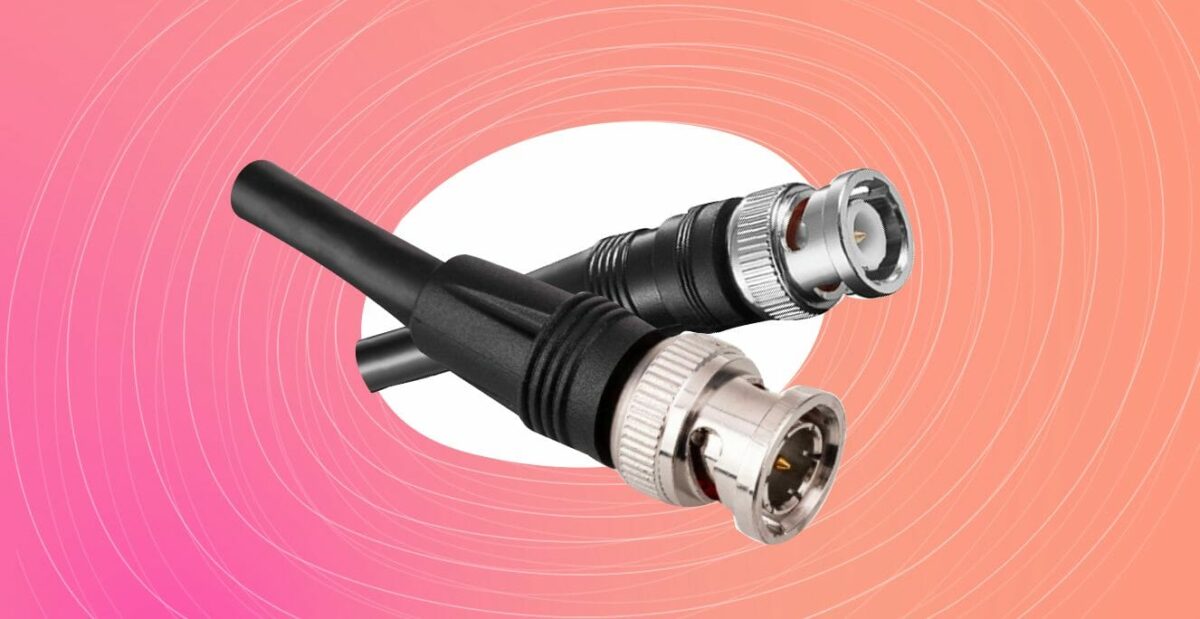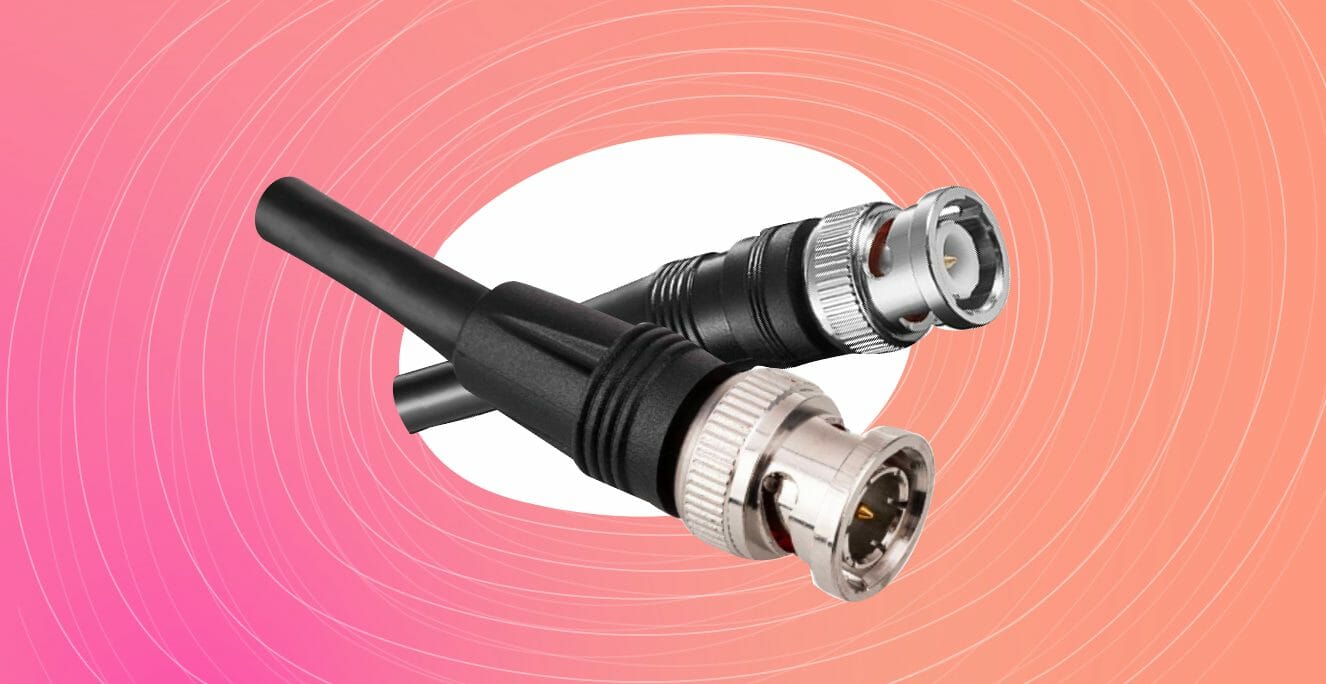SDI – The Backbone of Broadcast

Welcome to Our “Future of Broadcast Infrastructure Technology” Series
Dive into the heart of innovation with us as we embark on a journey through the evolving world of broadcast infrastructure technology. This series is a window into the dynamic shifts shaping the industry’s future, whether you’re a seasoned professional or a curious enthusiast.
A Journey Through Time: The Evolution of Broadcast Technology
Imagine a world where the magic of broadcasting was a novel marvel — that’s where our story begins. Giulio Marconi’s pioneering radio broadcast in 1895 set the stage for a revolution in communication. Fast forward from the fuzzy black-and-white imagery to today’s ultra-sharp high-definition videos. The milestones have been nothing short of extraordinary. Remember the times of meticulously cutting analog sync cables? Contrast that with today’s systems, which are nearing a self-timing brilliance. The leap from analog to digital has been a game-changer, enhancing the quality and reach of broadcast content. Now, as we edge closer to IP-based systems and other emerging tech, we’re witnessing the dawn of a new era. But where does this leave the trusty SDI?
Demystifying Serial Digital Interface (SDI)
For years, SDI has been the backbone of broadcast facilities around the globe. But let’s break it down: What is SDI, really? Birthed by the SMPTE 259M standard in 1989, SDI is the reliable workhorse for transmitting pristine digital video via coaxial cable, ensuring integrity, latency-free, and lossless delivery. Evolving over the decades, SDI now supports 4K workflows, thanks to SMPTE ST 2082, managing 12Gbps signals and 2160p resolution at 60FPS. Yet, the real question is whether SDI can keep pace with the industry’s insatiable appetite for growth and innovation.
SDI: The Past, Present, and Future in Broadcasting
SDI’s legacy of reliability and quality is undisputed. Its simplicity has made high-quality broadcasting an achievable standard. However, the relentless march of progress doesn’t play favorites, and SDI has little room to evolve beyond its current capabilities without significant technological breakthroughs. While transitioning to IP-based or cloud-based workflows becomes increasingly common, SDI’s relevance remains strong. But with scalability as its Achilles’ heel, SDI’s future is a hot topic of debate. Considering the economics of cabling, from coaxial to CAT6A to fiber, we’re at a crossroads where cost and technology intersect, guiding us to what’s next.
On the Horizon: What’s Coming Next
This conversation is just the beginning. In the next installments, we’ll delve into the promise of IP-based systems like ST 2110, the transformative role of NDI in live production, and the groundbreaking potential of technologies like 4K/8K, HDR, and cloud workflows.
We’ve only started peeling back the layers of the broadcasting world’s future. Join us as we navigate through the technologies, carving out the path forward, their implications for the industry, and what these changes could mean for you. Look out for our next installment in April and engage with us. Your insights, inquiries, and perspectives are the pulse of this exploration.
Join the Dialogue
Your voice is integral to our series. Share your thoughts, spark a discussion, or simply ask questions. We’re here to delve into the future together. Follow our journey, contribute to the narrative, and let’s decode the complexities of broadcast infrastructure technology as one.


















